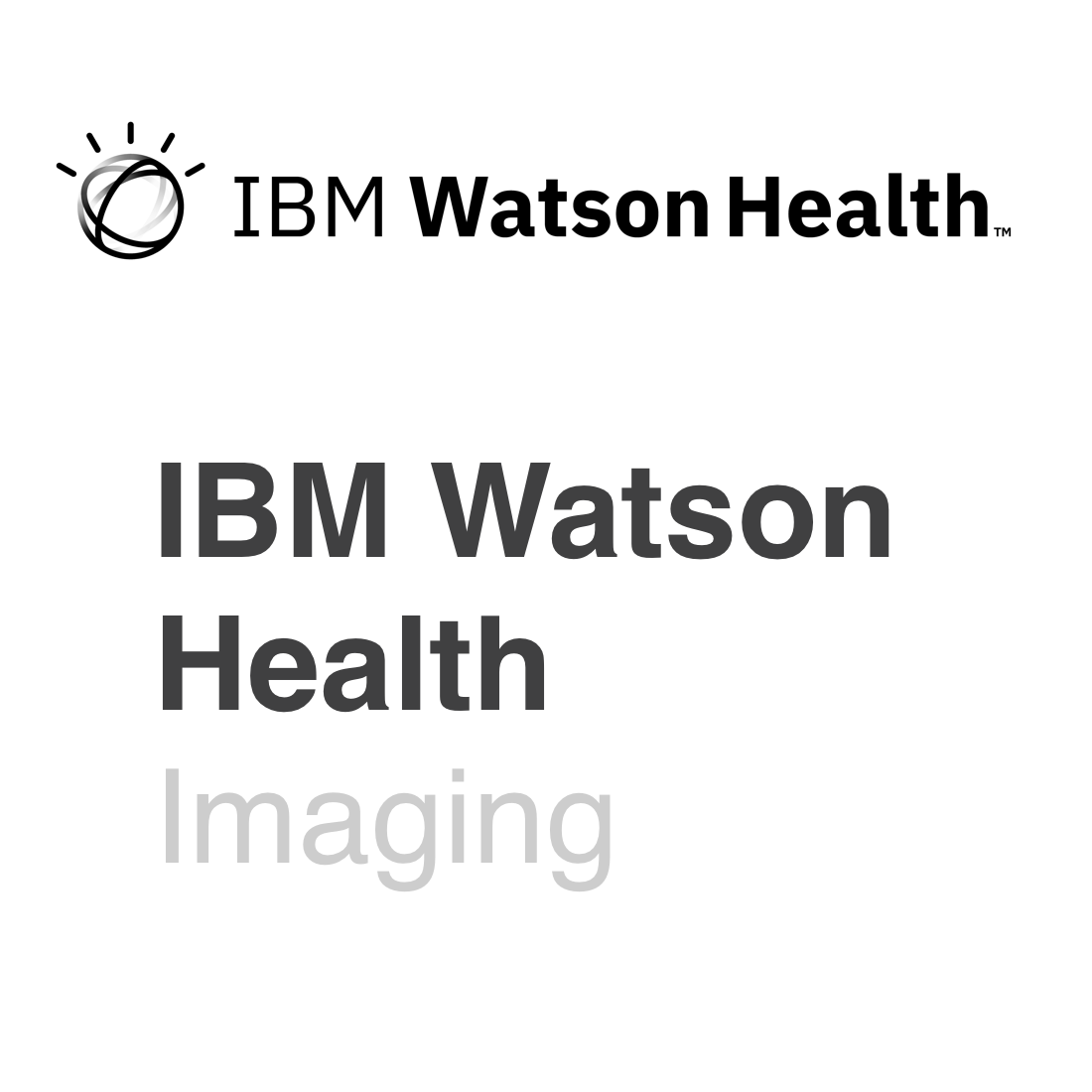
IBM Watson Health Imaging
Role: UX Lead
Team: Subject Matter Expert, Visual Designer, Solutions Manager, Front End Developer, Development Manager
In current PACS systems (what radiologists use to read images), tracking the growth of a cancerous tumor over time can be cumbersome. At IBM WatsonHealth, we were working on an oncology viewer to help radiologists and oncologists track tumors more efficiently.
All in all, we observed, shadowed, and spoke to over 40 people across 6 states. Most of the research done was contextual inquiry and usability testing done at the Merge Live conference - the first time usability testing had ever been done at Merge Live.
We learned that radiologists see themselves as the directors of patient care, and therefore need the bigger, broader picture of the patient, especially when it comes to evaluating cancer.

Research plan
When I joined the BluRing team, we needed to learn more about radiologist and oncologist workflows from currently practicing radiologists and oncologists, so, with the help from the Solution Manager with site visit dates, I visualized a
research plan for the team.

Tumor Board prep
The purpose of a Tumor Board is to learn from past patient cases, and get advice on current patient cases from colleagues.
Before a Tumor Board, oncologists, surgeons, radiologists email patient cases to either radiology fellows or an oncology administrative assistant to prep for presentation.

Tumor Board presentation
Patient cases are presented by oncologists, radiologists and pathologists. As the patient story was told, the radiology images became an important way for the audience to connect to that patient story.

Transplant Surgeon rounds prep
To make sure both are aligned, the radiologist and surgeon discuss the patient images before the surgeon starts her rounds.
Before the surgeon enters the patient’s room, the images are prepped on the computer in the room by an RN, so when the surgeon enters the room, everything is ready.

Transplant Surgeon rounds
We observed that when the surgeon explains the images to the patient and/or patient’s caregiver, the understanding between surgeon and patient increases; the images serve as a relationship equalizer between surgeon and patient, because both can see the same thing, and for a brief moment, have the same level of understanding.

Raw data
Because of the huge volume of data, synthesis had to be done while in the field and beyond, because otherwise, it wouldn't have been able to all be synthesized.

Stickman navigation
A way for radiologists, to filter the exam list by area of the body. This does not exist in any other PACS system.
The Stickman allows radiologists to navigate through current and past exams using a model of the human body rather than just the exam list itself.
Because of our collaboration, the Stickman has been patented.

Stickman in context
Stickman in context with the Exam List.
The monochromatic color scheme is used because when radiologists are reading images, they’re in a dark room with only the computer monitors for light. This darkness helps radiologists focus and better identify anomalies in images.
These designs were similar bot not the actual implemented designs.

Exam List
A cleaner, more functional exam list - reports could be flipped through without multiple windows, and Impressions would be visible immediately.
Out in the field, we learned that the Impressions part of the report, had some of the most valuable information to a radiologist, and yet, it was usually the last section and has to be searched for to be found.

Tumor Tracking
A way for radiologists, oncologists, and physicians to track a tumor over time, in context.
Right now, radiologists need to open multiple prior exams in order to view images side baby side. This view enhances that behavior by making it easier to see the history of a lesion over time.